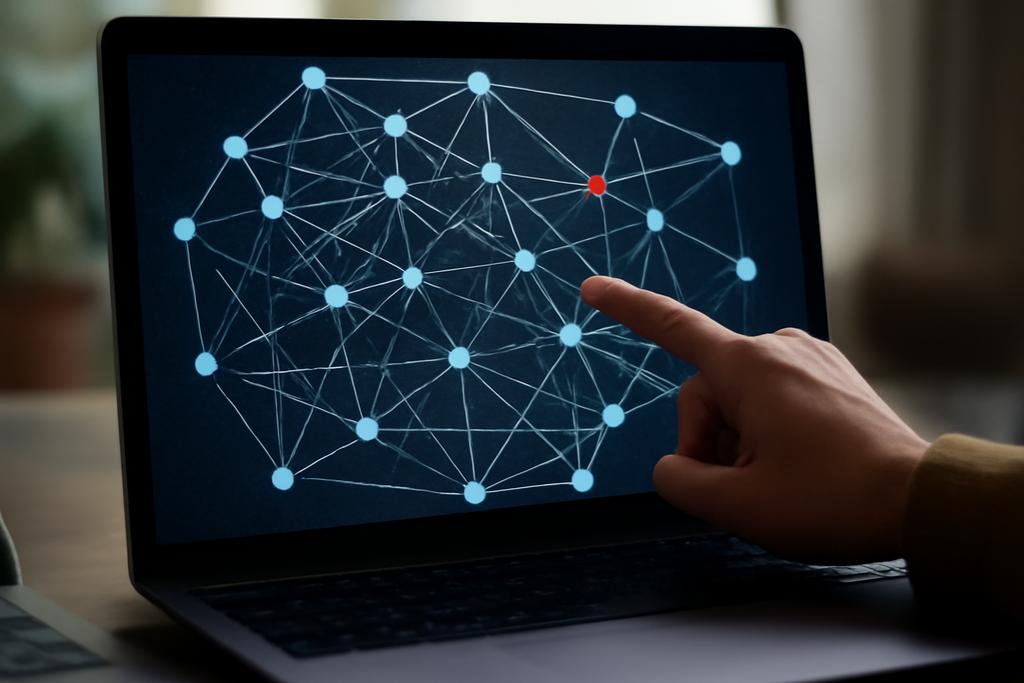Graphs are the scuffed, sprawling maps of the modern information era. They stitch together people, papers, products, and places with threads that can carry tone, time, and intention. But the real world isn’t tidy. It throws curveballs in the form of out-of-distribution, or OOD, nodes—points that don’t quite fit the patterns the model was trained on. When a graph-based model meets these strangers, its predictions can wobble, or worse, utterly misread the landscape. This is the center of a problem that sounds almost philosophical: how do we spot the unexpected in a world that loves to surprise us? And how do we do it without throwing away the nuance that makes graphs so powerful? A team led by Tao Yin at Tianjin University (with collaborators at Baylor University and Cangzhou Normal University) offers a fresh take. Their project, called OODHG, blends a physics-inspired idea called energy with the rich, multi-typed structure of heterogeneous graphs to both detect OOD nodes and sharpen the classification of the ordinary ones.
If you’ve ever tried to read a science network that includes authors, papers, venues, and terms all in one diagram, you know the first hurdle: heterogeneity. Unlike simple networks where every node and edge is basically the same, real-world graphs have dozens of flavors. A node might be an author, a paper, a conference, or a venue, and edges carry different relationships. That complexity is a feature—it’s where the information-rich signals live—but it also makes detecting the unknown trickier. The authors’ idea is to respect that heterogeneity instead of blurring it away. They treat the graph as a living constellation of types and paths, then let a carefully designed energy signal guide the discovery of OOD nodes. The result is not just a detector but a more robust way to read ID nodes as well. The study is grounded in three well-known real-world datasets: DBLP, ACM, and IMDB, and it puts its approach to the test against multiple baselines, showing that energy-guided, meta-path-aware propagation can outperform traditional methods in this setting.
In essence, the paper argues that you can turn the graph itself into part of the detector. By grounding the energy signal not merely in a node’s own features but in how energy travels along the graph’s multi-type pathways, you can reveal where a node’s signal doesn’t align with the trained distribution. That alignment or misalignment is what lets OODHG distinguish ordinary nodes from the unfamiliar while still preserving high accuracy for the in-distribution classes. The authors emphasize that this approach is both simple in its core idea and surprisingly effective in practice, even as graphs grow in complexity and type diversity. It’s a reminder that in the messy world of networks, a well-chosen lens—here, energy propagation along meta-paths—can illuminate both what’s familiar and what doesn’t belong.










